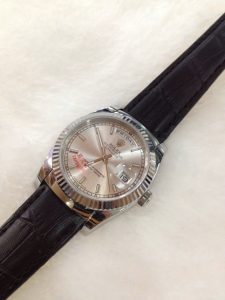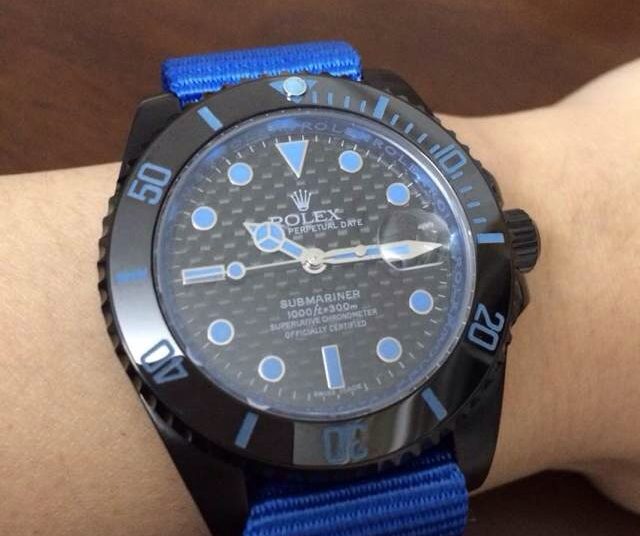The Evolution of the Replica Rolex GMT-Master’s Bezel
The pursuit of perfection is a permanent journey. For most of a century, Rolex worked tirelessly to improve and perfect its iconic long-term design. The Replica Rolex GMT Master set has grown over the last few years, because when we first published this article, the classic look at Rolex frames that required pilots across time zones went through two notable changes, though it’s time to update things and look at the evolution of Rolex GMT Master frames. 
First launched to the public in 1954, the Rolex GMT-Master has undergone countless changes and updates throughout the years as Rolex continuously works to refine and improve its design. The most obvious feature of the original GMT-Master was its bright red and blue rotating bezel with 24-hour markings. Although the GMT-Master’s bezel has been manufactured in a number of different colors and materials throughout the years, it has always been the defining feature of Rolex’s multi-time zone pilot’s watch.
The very first bezel fitted to the original reference 6542 GMT-Master had an insert made from Bakelite, which had glowing radium numerals set into its plastic-like material. The Bakelite insert was fitted inside a metal bezel ring, which was then held onto the watch with a set of professional washers that fit under the bezel. Since the bezel was friction-fitted onto the replica watches, it smoothly rotated bi-directionally and did not ratchet or click like bezel on contemporary GMT-Master references.
After just two years of working with Bakelite, the GMT-Master’s bezel insert was replaced by one made from aluminum, due to issues surrounding both the long-term durability of the components and the potential health hazards of the glowing radioactive numerals set in its bezel. The aluminum inserts retained the same design and signature red and blue coloration; however they no longer were set with radium numerals, and therefore did not glow at all.
Apart from the ceramic insert, the whole structure of the bezel has been redesigned to improve its overall functionality and remedy some of the shortcomings of its predecessors. Instead of depending on specialized washers and small flexible springs, the redesigned bezel mounts on a specialized notched retaining ring for a smoother feel and greater stability. Besides, while previous ratcheting GMT bezels followed a 120-click design, the ceramic bezel on the new GMT-Master II clicks 24 times per full rotation to better correspond with the bezel’s intended to function as a secondary time zone display.
While Rolex’s new Cerachrom inserts promised significantly better long-term durability for the GMT-Master’s bezel, the ultra-hard material made the new ceramic inserts significantly more difficult for Rolex to manufacture. When the Cerachrom bezel was first released, it was only available in solid black, as Rolex claimed it was too difficult to produce in the GMT-Master’s signature bi-color design.
Now Rolex completely discontinued the all-black bezel for their GMT-Master II collection – an option that had existed on various Rolex GMT watches since the early 1970s. At the time of writing, all Cerachrom GMT-Master bezel inserts are bi-colored. 
A rotating 24-hour bezel has been the defining feature of the Rolex GMT-Master line since its original introduction back in 1954. While it began its life as a simple, rotating fixture around the face of the replica watch, the GMT’s bezel has undergone so many updates and changes over the years and has evolved into a highly specialized component that has been particularly engineered to aid with the watch’s multi-time zone capabilities. The presence of a variety of different colors and materials creates a wonderful diversity for the various GMT Master fake watches and adds to the overall excitement and pursuit of collectors.
